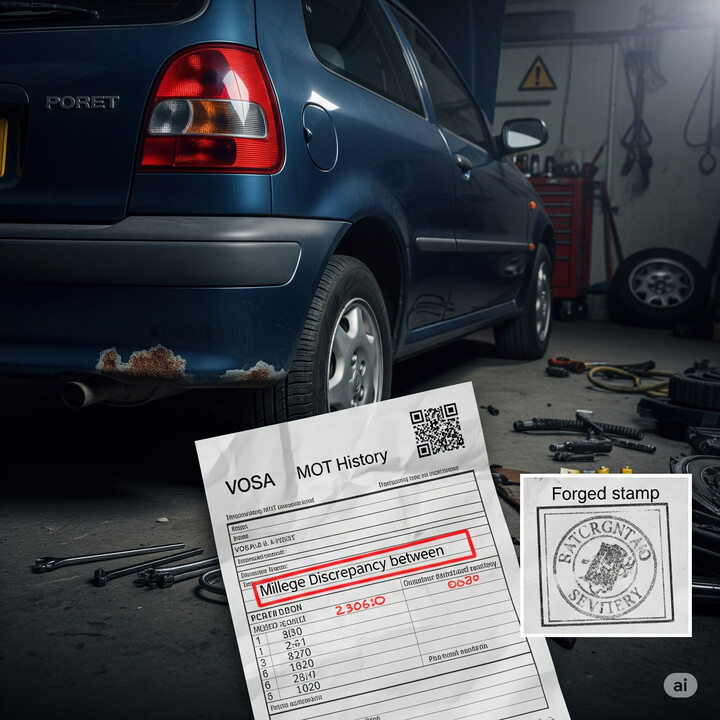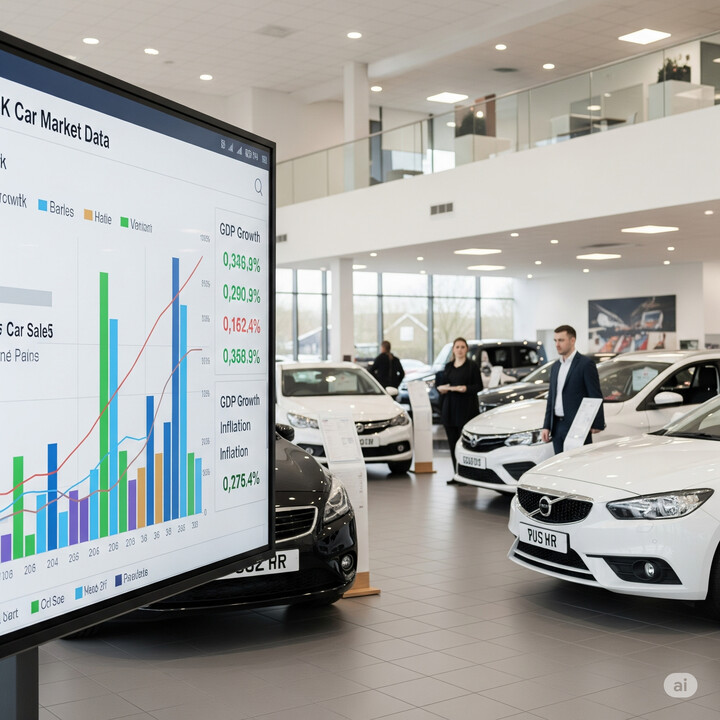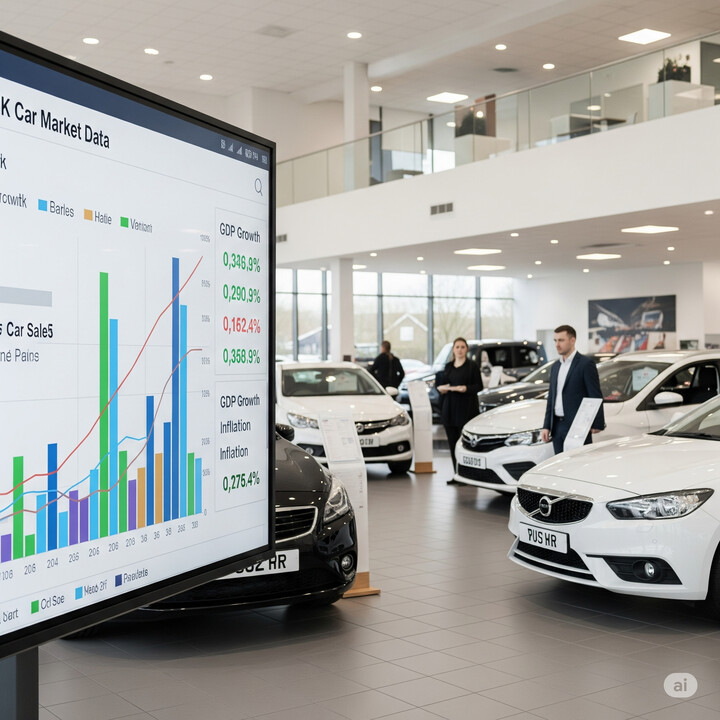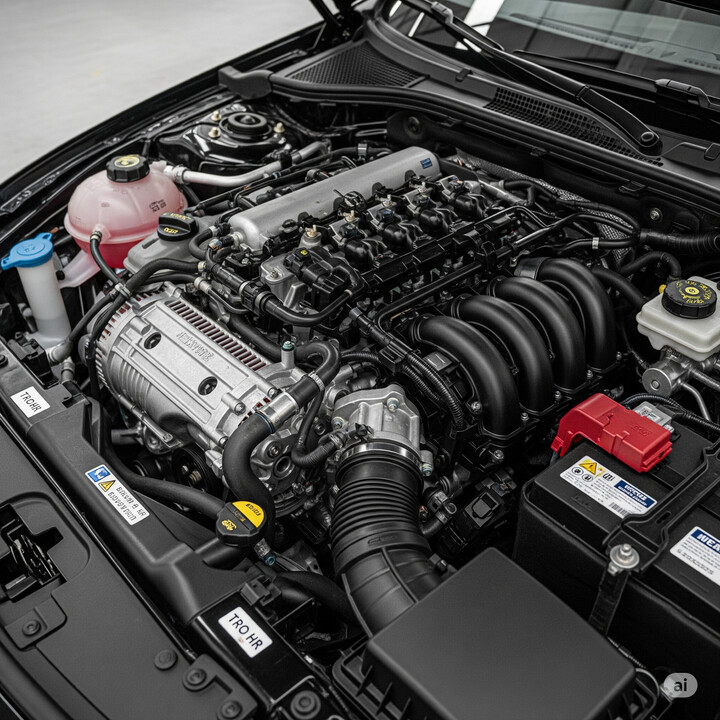
VOLVO S60 (2000-09) 4DR SALOON 2.4T 200 SE AUTO
The VOLVO S60 (2000-09) 4DR SALOON 2.4T 200 SE AUTO is a stylish and practical executive saloon that appeals to a range of drivers, particularly those seeking comfort, reliability, and a premium driving experience. As a well-regarded model in the UK market, the S60 offers a smooth ride, solid build quality, and a reputation for durability, making it a great choice for both daily commuting and family use. Its sleek four-door saloon design combines practicality with a touch of sophistication, while the 2.4T engine provides a good balance of performance and efficiency, especially in automatic transmission, which enhances ease of driving.
This model is often chosen by professionals, families, and those looking for a comfortable, safe car that can handle regular use with minimal fuss. Known for its dependable reliability and refined interior, the S60 (2000-09) 2.4T 200 SE AUTO stands out among rivals for its solid safety features and Volvo’s renowned build quality. With an average recorded mileage of around 106,700 miles, it’s a vehicle suitable for those looking for a used car that offers a mix of practicality and comfort. If you’re exploring options in the used premium saloon segment, the Volvo S60 from this era is worth considering for its reputation and enduring appeal.

average use

The data indicates that for the Volvo S60 (2000-09) 4DR Saloon 2.4T 200 SE Auto, the most recent mileage readings are evenly distributed among three ranges: 90,000-100,000 miles, 100,000-110,000 miles, and 110,000-120,000 miles, each accounting for approximately one-third of the sample. This suggests that vehicles of this model tend to have mileage readings clustered around these intervals, potentially reflecting typical usage patterns or common resale points for this age group of vehicles.

vehicle values

The provided data indicates that for the Volvo S60 (2000-09) 4DR Saloon 2.4T 200 SE Auto, the private sale price in the UK is consistently positioned at the £0 to £1,000 range, accounting for 100% of the observed valuations. This suggests that, within the sample, these vehicles primarily sell privately for modest amounts, likely reflecting their age and market value. The data highlights that private sales for this model are predominantly lower-cost transactions.

production years

The data indicates that for the Volvo S60 models within the 2000-09 range, the majority of vehicles (66.7%) were manufactured in 2002, while a smaller portion (33.3%) were made in 2001. This suggests that the 2002 model year is significantly more prevalent among the sampled vehicles, which could reflect production peaks or higher market availability for that year within this specific model.

colour popularity

The data indicates that for the Volvo S60 (2000-09) 4-door saloon 2.4T 200 SE Auto model, the main paint colour is evenly distributed among three options: Green, Blue, and Gold, each accounting for approximately 33.3% of the vehicles. This balanced distribution suggests a diverse range of aesthetic choices among owners, with no single colour dominating the fleet.

ownership cycle

The data indicates that for the Volvo S60 (2000-09) 4DR Saloon 2.4T 200 SE Auto model, the majority of vehicles have been registered with either 3, 4, or 5 keepers, each accounting for roughly one-third of the sample at 33.3%. This suggests a relatively consistent pattern in the number of owners over time, with no single registration interval dominating. The equal distribution across these three categories may point to the vehicle's typical ownership duration or market behavior within this model's lifespan.

engine choices

The data indicates that all Volvo S60 models from 2000 to 2009 with the 2.4T 200 SE Auto trim are equipped with a 2,435cc engine capacity and exclusively use petrol as their primary fuel. This suggests a uniform engine specification and fuel type across this particular model, reflecting standardization in design for this period.












